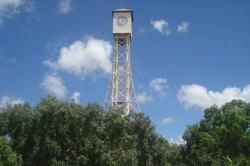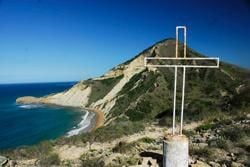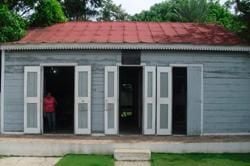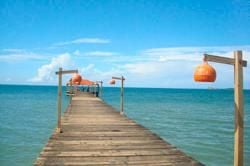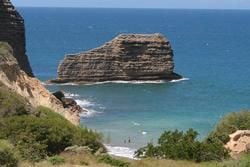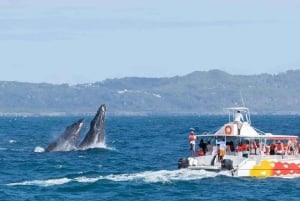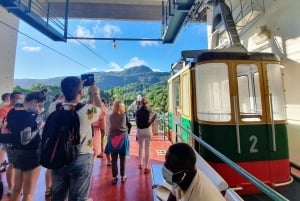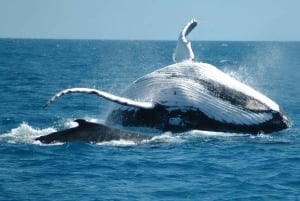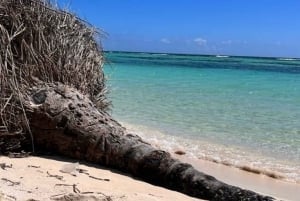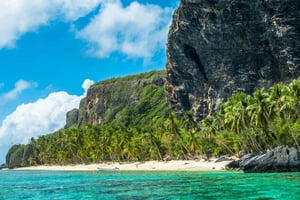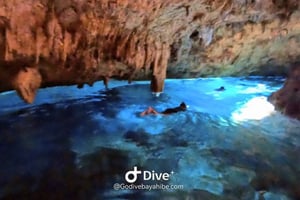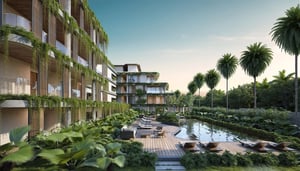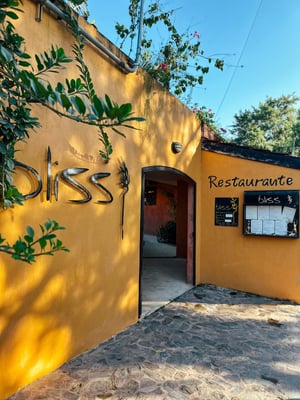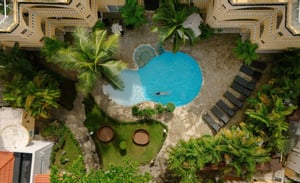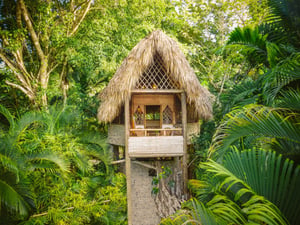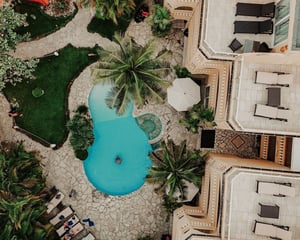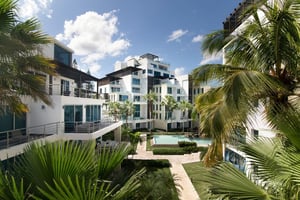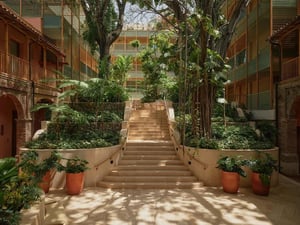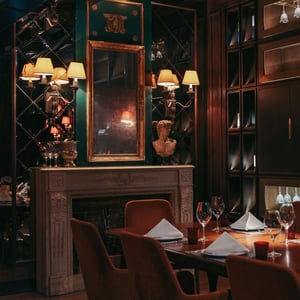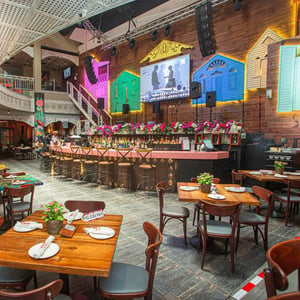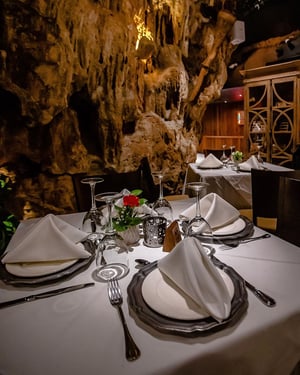Montecristi
Located in the northwest of the Dominican Republic, this is a beautiful province bordering Haiti. Its coastline is bathed by the Atlantic Ocean. The capital is San Fernando de Montecristi, but it is known simply as Montecristi.
Montecristi is a town of the Victorian style. Years of prosperity from when it became a prosperous trading point in the late nineteenth century, are reflected in its streets and broad boulevards. It was a pioneer of great advances on the island, such as the first aqueduct, the first railroad and the first telephone service. The famous English explorer, Sir Francis Drake, used this region to supply his ships and to hide from the Spanish fleet. It is said that dozens of Spanish sixteenth-century ships sank in the surrounding waters. As a result, the stories and beliefs of many of its residents have made it into a diving area, where some dive just for sport, and others, driven by the hope of finding some treasure, go diving for economic reasons.
Montecristi's cuisine. This coastal city is characterized not only by shellfish and fish, but also for its "chivo liniero" (goat meat) baked or cooked in any of the many ranchos-restaurants located on the road. You can do "La ruta del chivo" (The goat route) from Navarrete to Montecristi, passing through Villa Vasquez, Villa Elisa and Villa Lobo.
Main Attractions
-
El Morro de Montecristi is an upland area 249 m above sea level called the lying camel because of its shape. It is attached to the mainland by mangrove and marine channels. This massive rock is the habitat of a native plant species called Sabia Montecristi and ten species of reptiles. Although it has no marked trails, it is relatively easy to explore El Morro on foot. The climate of this area is semi-arid, and the average temperature is 26°C.
-
The Museum of Maximo Gomez. The Manifesto of Montecristi was written in this city, dated March 25 1885 and signed by the Dominican General Maximo Gomez and Cuban liberator Jose Marti. This document confirms the brotherhood between Cuba and the Dominican Republic, and the commitment to fight for the independence of Cuba. This small but well-documented museum welcomes visitors and explains this important moment in the country’s history.
-
The Public clock. In the center of the park you will find the famous Montecristi square watch of Swiss origin, the only one in the world located in an iron tower. On each of its faces there is a sphere, and it is 29 m high. Its fame comes from the fact that it was built by the same engineering company that built the Eiffel Tower in Paris. It was installed in 1895.
-
Salinas de Montecristi. Montecristi is located almost below sea level. This allows water to enter and settle in the terraces built to collect salt from the evaporated water. During the visit, you can see the salt-producing areas, one of the largest in the country.




